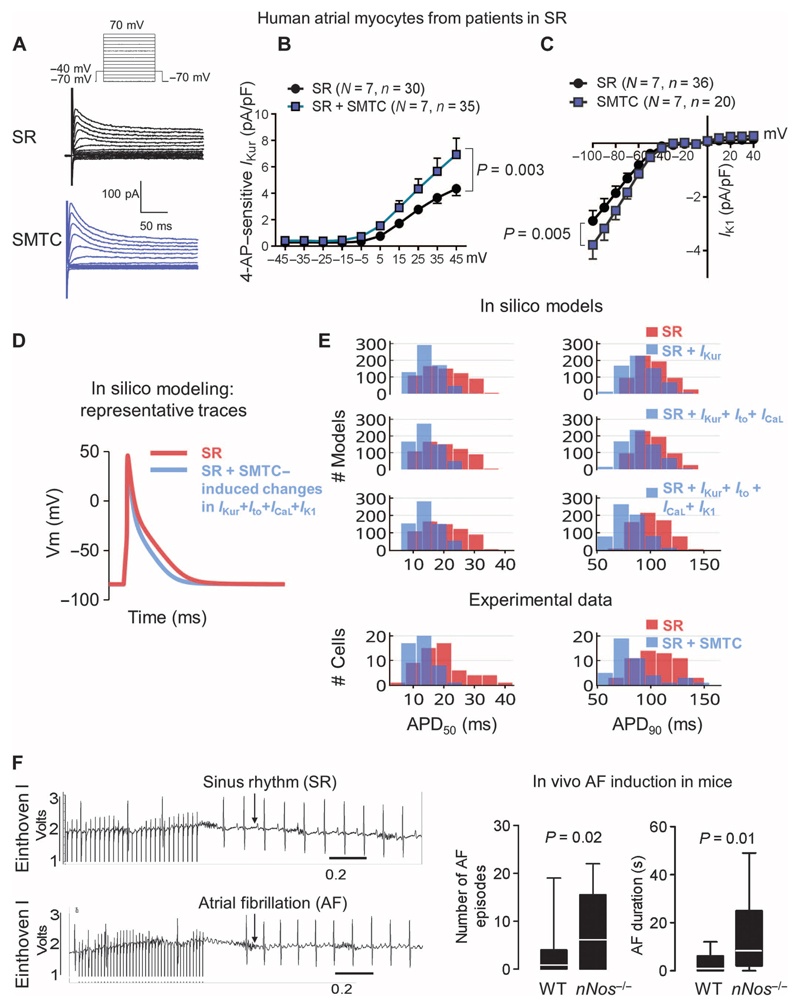Fig. 2. nNOS disruption increases potassium currents and promotes AF induction in mice.
(A) Representative traces of the transient outward K+ current, elicited by the voltage protocol above, in atrial myocytes from patients in SR in the presence or absence of nNOS inhibition with SMTC. (B and C) Average current-voltage relationship of the 4-aminopyridine (4-AP)–sensitive ultrarapid delayed rectifier current, IKur (B), and the inward rectifier current, IK1 (C), in the presence or absence of SMTC. Data are averages ± SEM. N, number of patients; n, number of cells. P values for the interaction between voltage and treatment (SMTC) were determined by two-way repeated-measures ANOVA with Bonferroni correction. (D) Simulation of the effect of the changes in ion current density elicited by SMTC on the atrial action potential in an in silico population of human atrial SR models (n = 640). (E) In silico evaluation of the impact of the increases in ion current density elicited experimentally by nNOS inhibition on the APD50 and APD90 of human atrial myocytes. Experimental data in atrial myocytes are shown below for comparison. (F) Probability of AF induction by atrial burst pacing and duration of the induced AF episodes in WT (n = 19) and nNos−/− mice (n = 18) in vivo. Representative electrocardiogram (ECG) traces after atrial burst pacing (left) and median values with 95% confidence intervals (right). P values were determined by Mann-Whitney U test.

